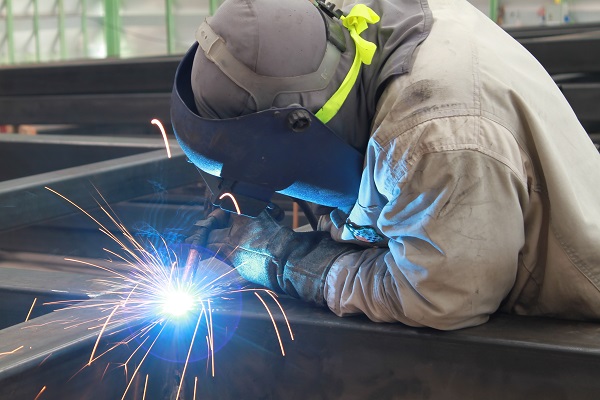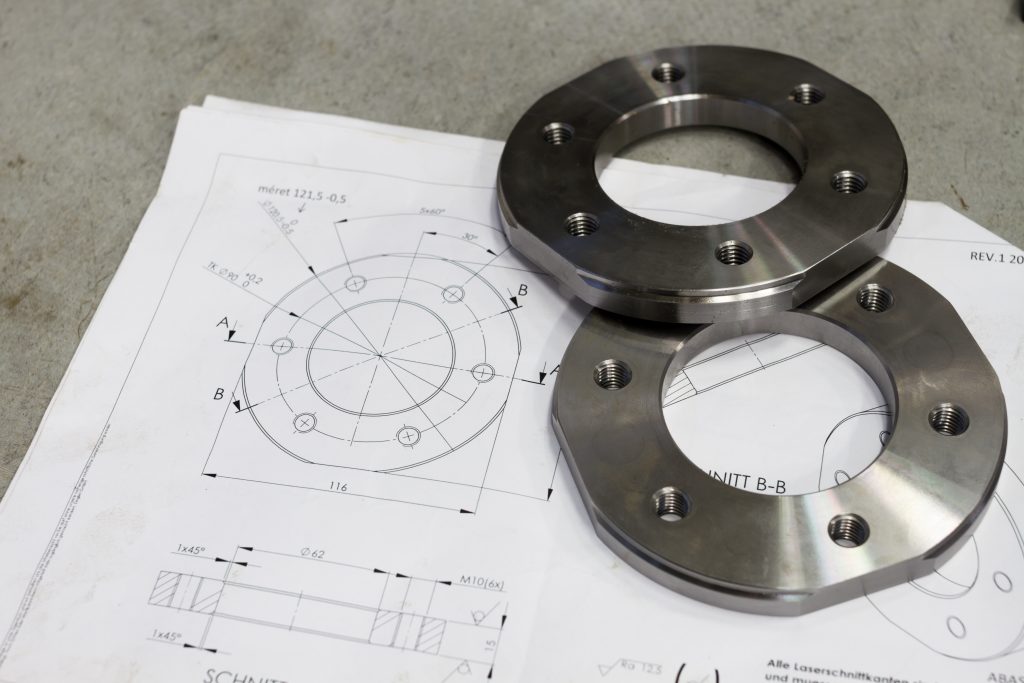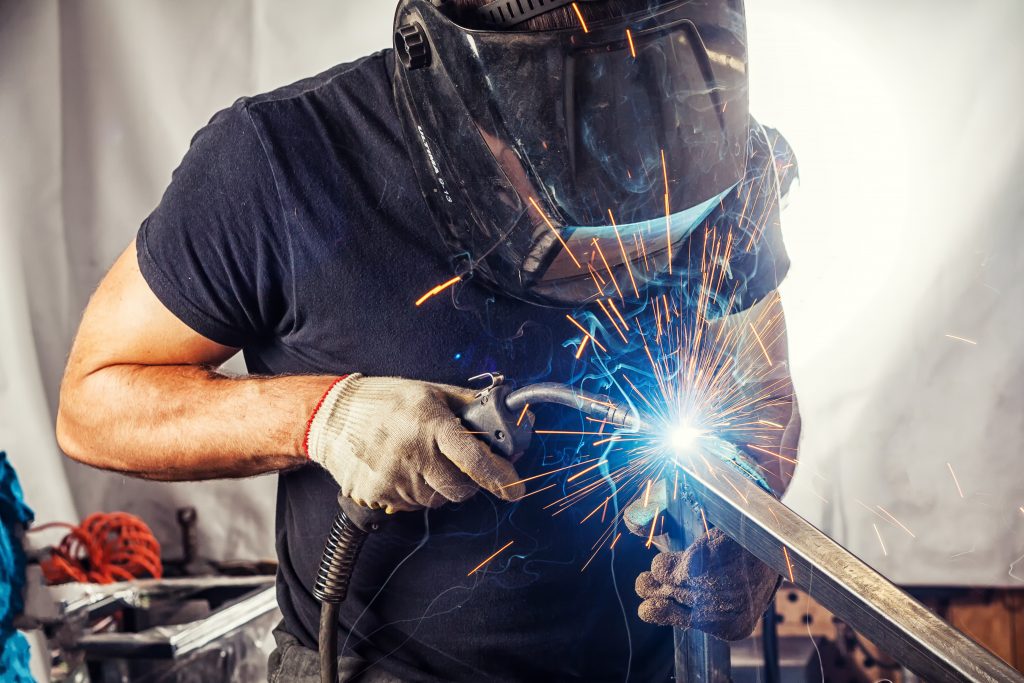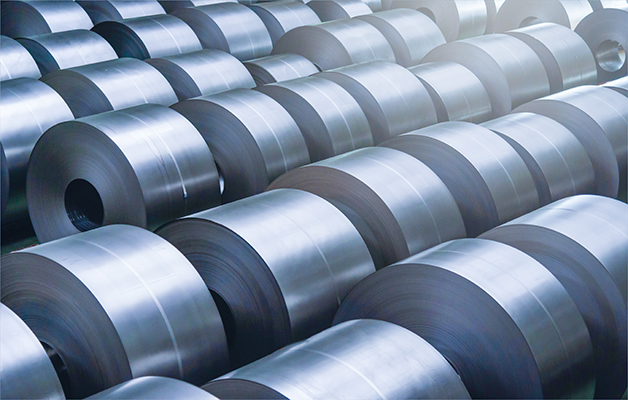It’s been a great last few years in the metal fabrication industry. Even with the Trump administration raising tariffs and causing the price of aluminum in the USA to spike, there was steady growth in 2018 in the custom metal fabrication sector. However, at Rider Tool we’re always looking forward. These are the trends to keep an eye on in 2019:
- Automation
Robotics is getting more and more advanced. As AI and Deep Learning starts to become more commonplace, we may see robotics take up larger and more complex roles in the aluminum, iron and steel fabrication industries.
- Emerging Markets
The previous years have seen a surge in the emerging market sector. 2019 seems set to be a record high in the African and Asian markets, and metal fabrication will be at the forefront of these developing countries.
- 3D Printing
While 3D printing is no longer as novel as it once was, the technology behind it keeps advancing, making 3D printing an ever more viable and cost-efficient method of metal fabrication.
- Research and Development
Science and technology are constantly advancing, and fabricators are starting to see the value in investing in research and development. With new markets opening up, the metal fabrication industry is only going to get more competitive, so new ideas and innovative problem-solving techniques are what are going to keep companies ahead of the game.
With over 50 years of experience in machining, the Szakasci family are the leaders in fabrication, machining and mechanical engineering. Through us, Rider Tool & Manufacturing Co. has become the trusted name for manufacturing services in the mining, oil, gas and steel sectors. For more information on what we can do for your business, contact us today.






